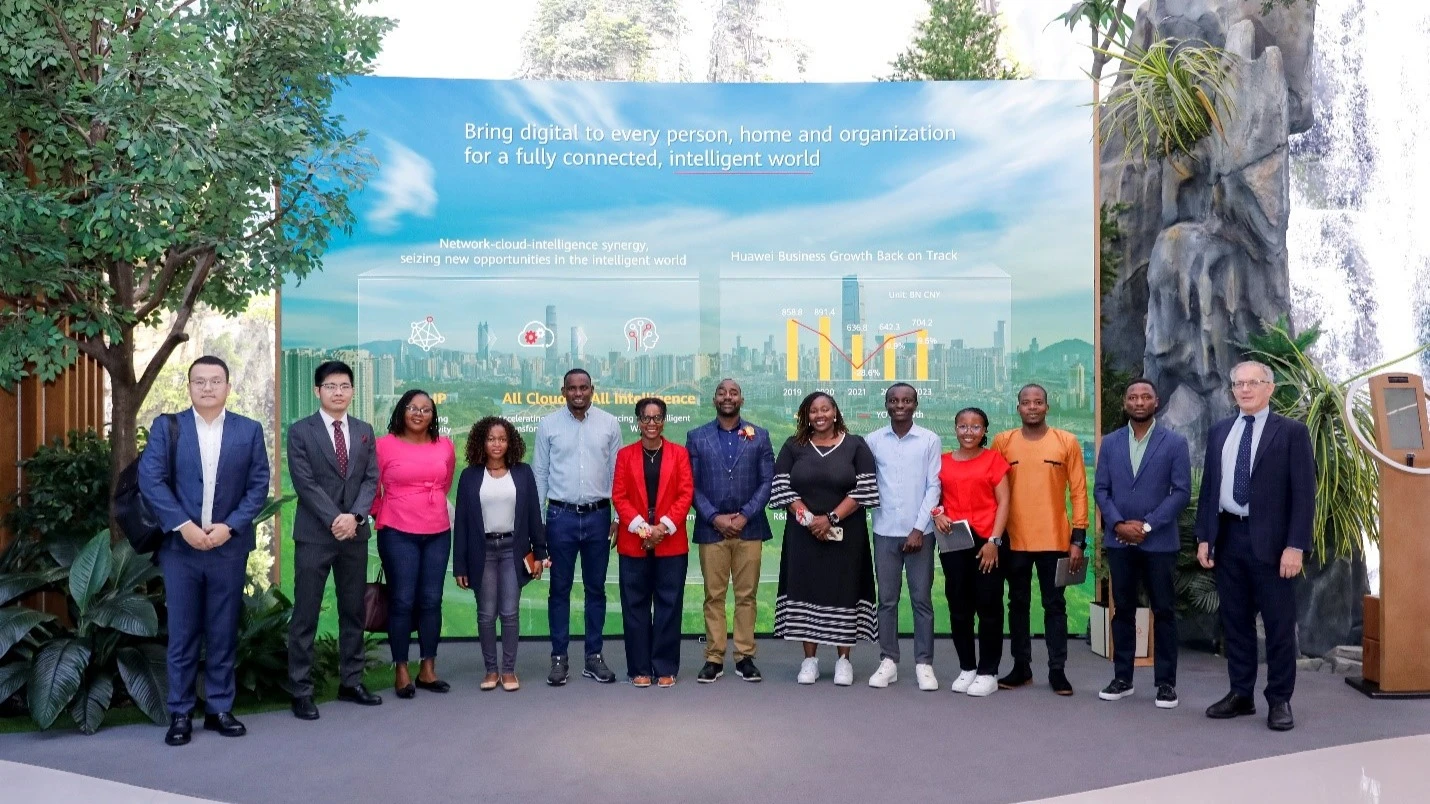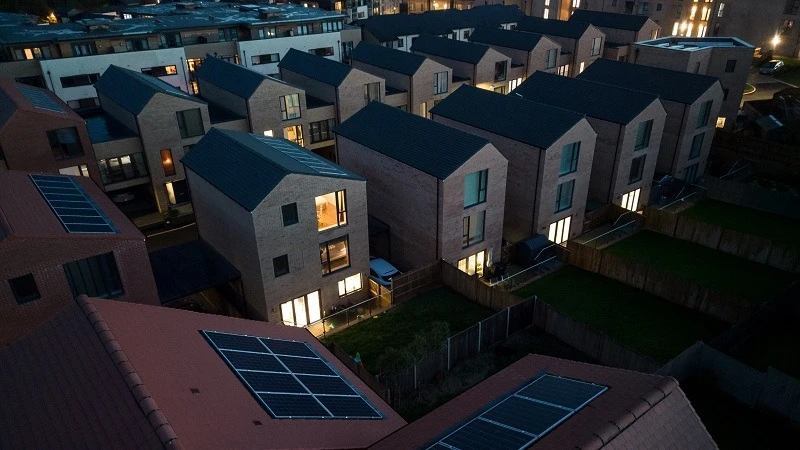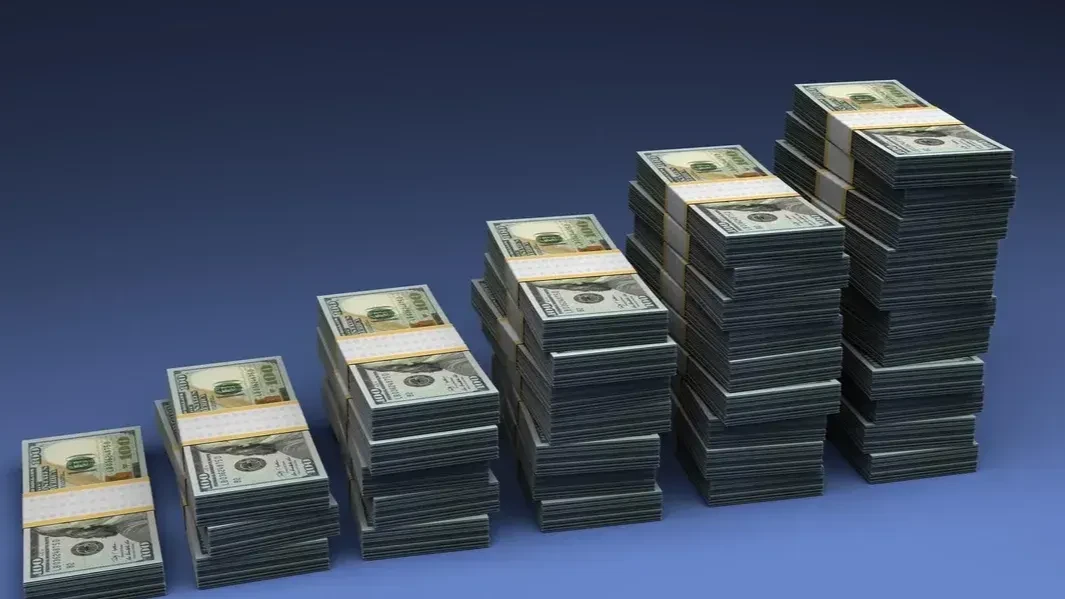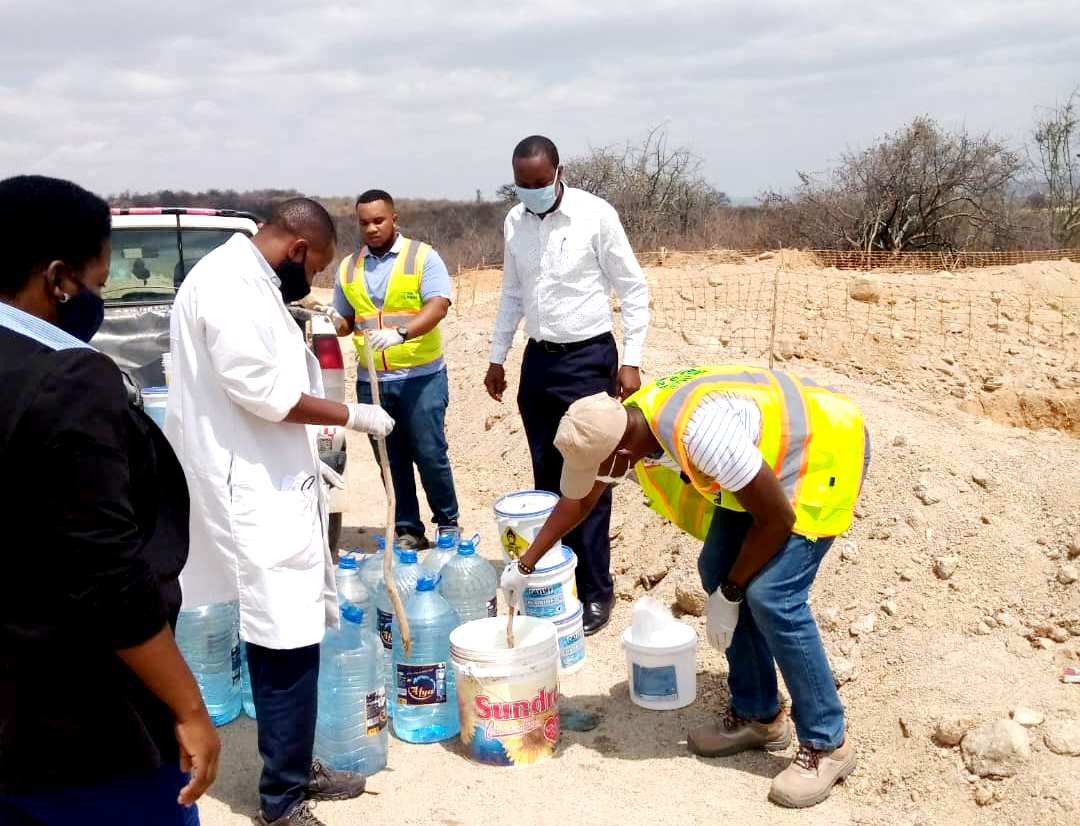Building a greener future: exploring the evolving of eco-friendly cement

ACCORDING to the World Bank, Tanzania's economy is expected to grow at an estimated 6.3 percent this year, the growth is said to be supported by the manufacturing, mining and tourism sectors.
This growth will naturally drive an increase in infrastructure projects and large-scale residential developments, leading to a rise in cement consumption. Cement, a crucial binding agent and primary ingredient in concrete, plays a fundamental role in construction and urban development.
It's essential to understand that while cement is vital, its manufacturing process is a major contributor to industrial air pollution. The production of clinker, a key cement ingredient, is a significant source of noxious gas emissions, particularly carbon dioxide.
Media reports indicate that in the manufacturing process, a mixture of limestone and clayey materials is fed into a kiln operating at 1400⁰C. After the thermal process, the material is ground to produce clinker, a lumpy solid substance. Gypsum is then added to the clinker to form cement.
The clinker production process is extremely energy-intensive and emits gaseous effluents. In fact, for every tonne of cement produced, between 0.6 to 1 tonne of carbon dioxide is released. Apart from clinker production, other processes in cement manufacturing also contribute to CO2 emissions.
Considering the essential role cement plays in various aspects of life, it's challenging to envision a world without cement production. What are the solutions? Some may be pondering whether a viable substitute for cement exists.
Experts assert that green cement represents the future of sustainable construction. They argue that it acts as an initiative to mitigate emissions; the cement manufacturing process can be modified effectively to reduce emission levels significantly.
They suggest that green cement is a type of cement made through a 'carbon-negative manufacturing process.' Seen as a groundbreaking innovation in the construction industry, green cement is viewed as an environmentally friendly and sustainable alternative that can reduce the carbon footprint of cement production worldwide.
Reports indicate that traditional cement production contributes to approximately 8 percent of the world's carbon dioxide emissions. This figure could be significantly reduced by utilizing green cement.
For JSW One Homes, the potential to make a substantial impact lies in replacing traditional cement with green cement. Green cement production consumes roughly 60 percent less thermal energy compared to traditional methods.
The organization recognizes that embracing green practices and sustainability goes beyond mere buzzwords; it has become a profitable business approach. Climate change and pollution are affecting the planet's socio-economic and ecological systems at large.
In one of their awareness materials, JSW One Homes raises a poignant question: "What does it truly mean to be green or eco-friendly, and how crucial is sustainability in selecting construction materials for home construction today?"
Sustainability involves creating long-lasting solutions that enhance quality of life, safeguard the ecosystem, and pave the way for a brighter future. The core concept behind sustainable building materials is to craft enduring structures.
A structure or home designed to endure for a longer period translates to reduced maintenance expenses. Sustainable construction encompasses a range of strategies employed throughout the building's design, construction, and operational phases.
Conventional chemical processes that transform limestone into calcium oxide are significant contributors to CO2 emissions. Conversely, green cement adopts a carbon-negative manufacturing process.
The primary raw materials utilized in green cement production largely consist of industrial waste. Mainly comprised of blast furnace slag and fly ash, these materials are pivotal in the creation of green cement, contributing to its cost-effectiveness compared to traditional cement.
Heena Singh, a Senior Executive Email Marketer at BCC Research, highlights in her article titled 'The Future of Eco-Friendly Cement: Green Cement,' that green cement presents a promising solution to current challenges.
Serving as an environmentally friendly alternative, green cement maintains quality and durability through innovative technologies and processes, aiming to reduce its carbon footprint. By employing raw materials such as fly ash, slag, and calcined clay, green cement emerges as an eco-conscious product that addresses critical environmental concerns while diminishing carbon dioxide emissions from cement production.
“Based on our projections, the global green cement market is poised to experience a Compound Annual Growth Rate (CAGR) of 12.6 percent, reaching an estimated value of $57.8 billion by 2028. In terms of volume, the demand for green cement is set to soar to 480 million tons by 2028, showcasing an 11.4 percent CAGR,” she confirms.
Heena emphasizes that the surge in the green cement market is fueled by various factors, notably the increased incorporation of industrial waste materials in the cement industry.
Moreover, the widespread adoption of green cement is actively contributing to a significant reduction in carbon emissions. By embracing eco-friendly practices, the industry is actively diminishing the carbon footprint associated with cement production.
A critical driver propelling the green cement market's expansion is the enforcement of stringent government regulations. Governments worldwide are increasingly acknowledging the significance of sustainable building practices, thereby enacting regulations to promote or mandate the utilization of green cement.
Heena underscores that these regulations act as a driving force for industry stakeholders to implement environmentally friendly technologies and procedures, steering the market towards more sustainable and ecologically conscious practices.
Cement stands as a highly traded commodity worldwide, holding a significant position in a country's economy alongside the construction industry. The ongoing surge in global urbanization and amplified infrastructure investments by governments are driving the green cement sector towards growth.
To Heena, green cement signifies a critical stride in forging a sustainable and environmentally conscious construction industry. With a mounting demand for eco-friendly building materials, the progression and acceptance of green cement technologies will be instrumental in shaping the trajectory of construction and infrastructure development.
Discussing market trends, the global green cement sector is anticipated to hit $57.8 billion by 2028, showcasing a predicted Compound Annual Growth Rate (CAGR) of 12.6 percent from 2023 to 2028. Opting for green cement presents a pathway to foster a more sustainable and resilient built environment, as highlighted by Heena.
Top Headlines
© 2025 IPPMEDIA.COM. ALL RIGHTS RESERVED

























